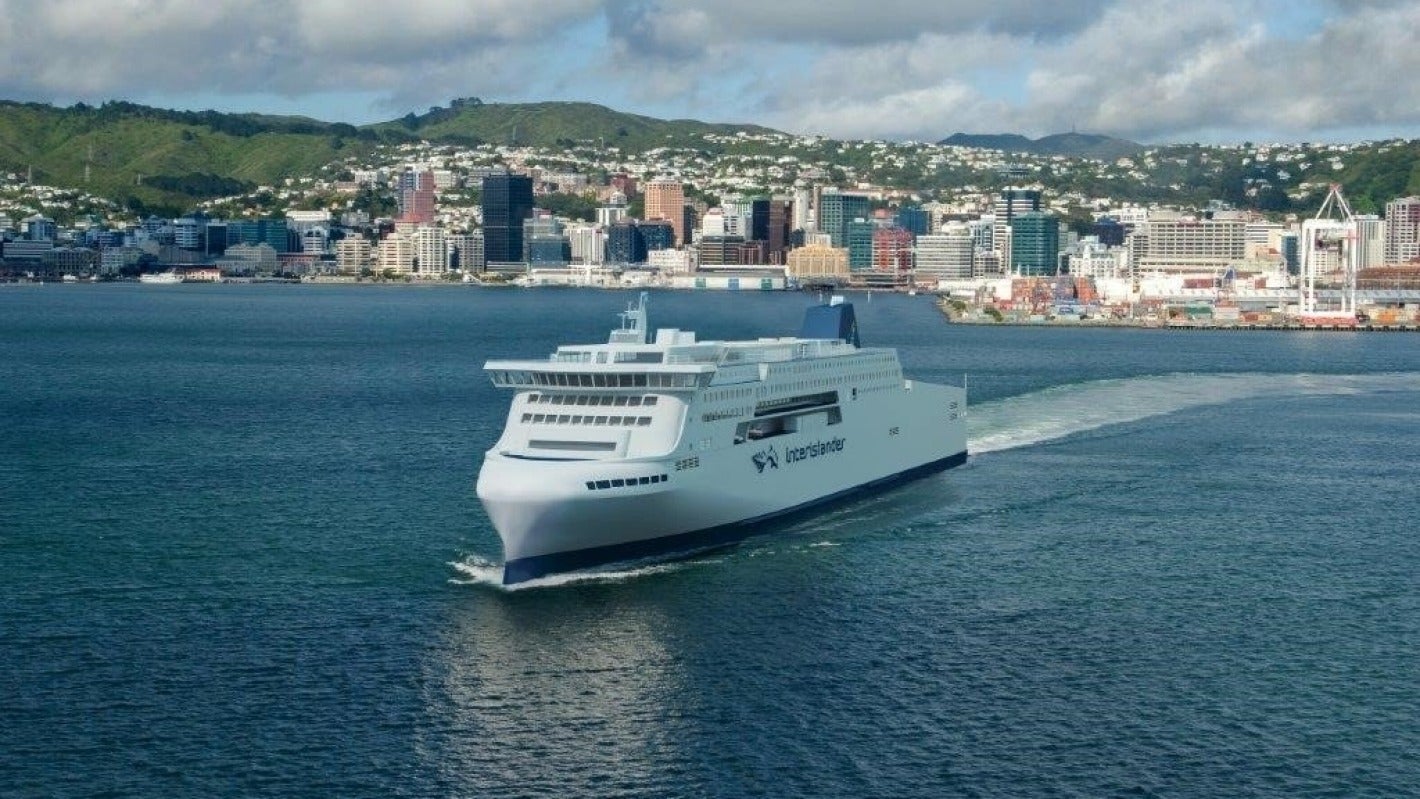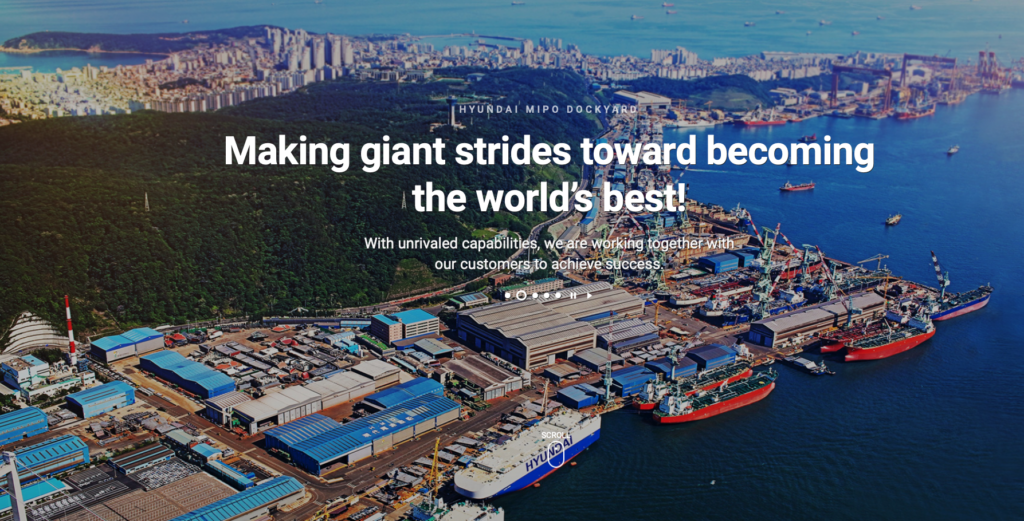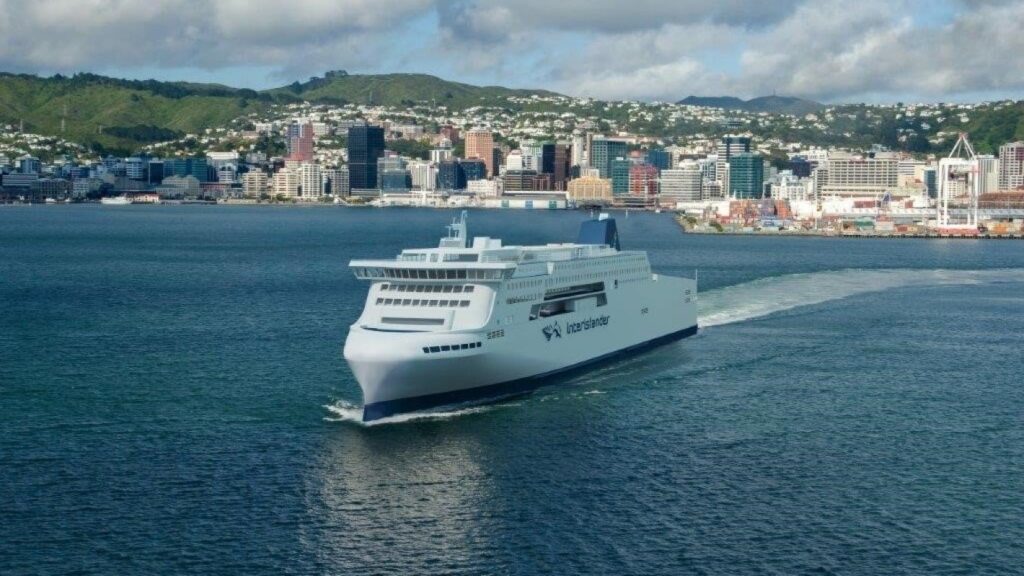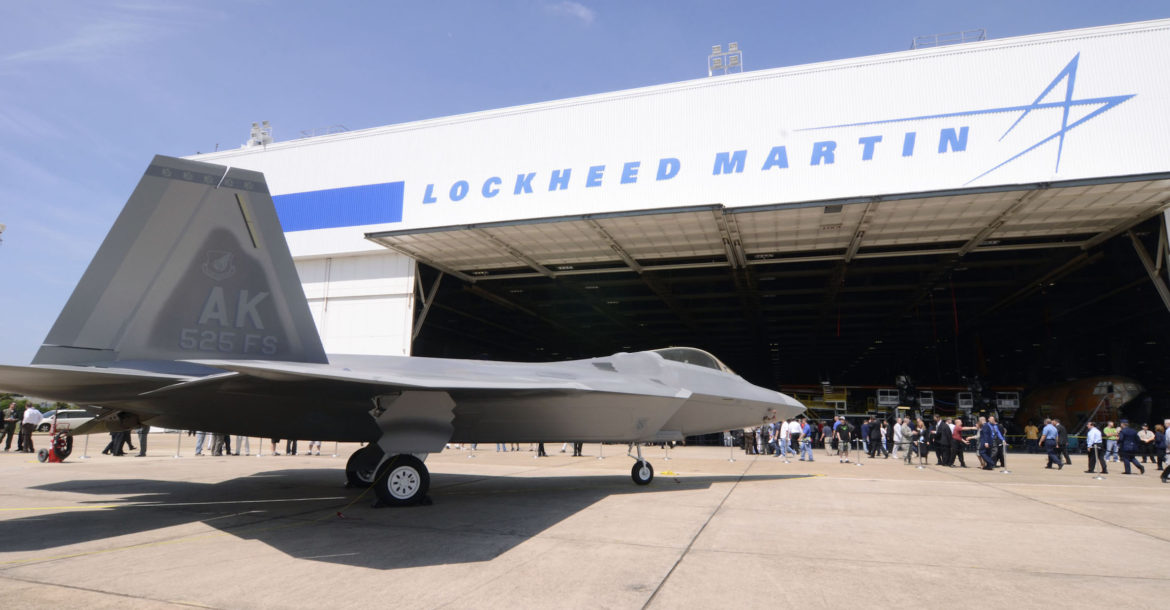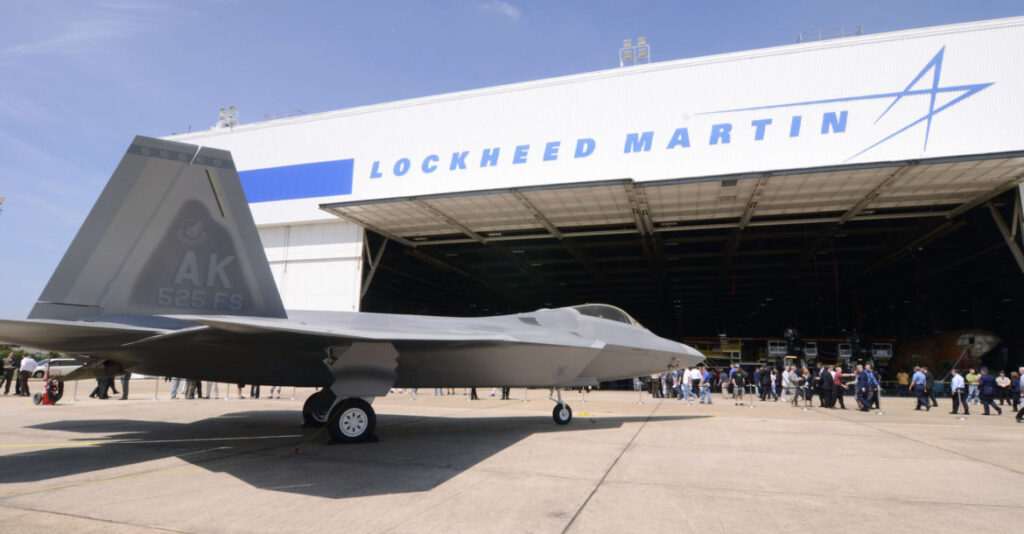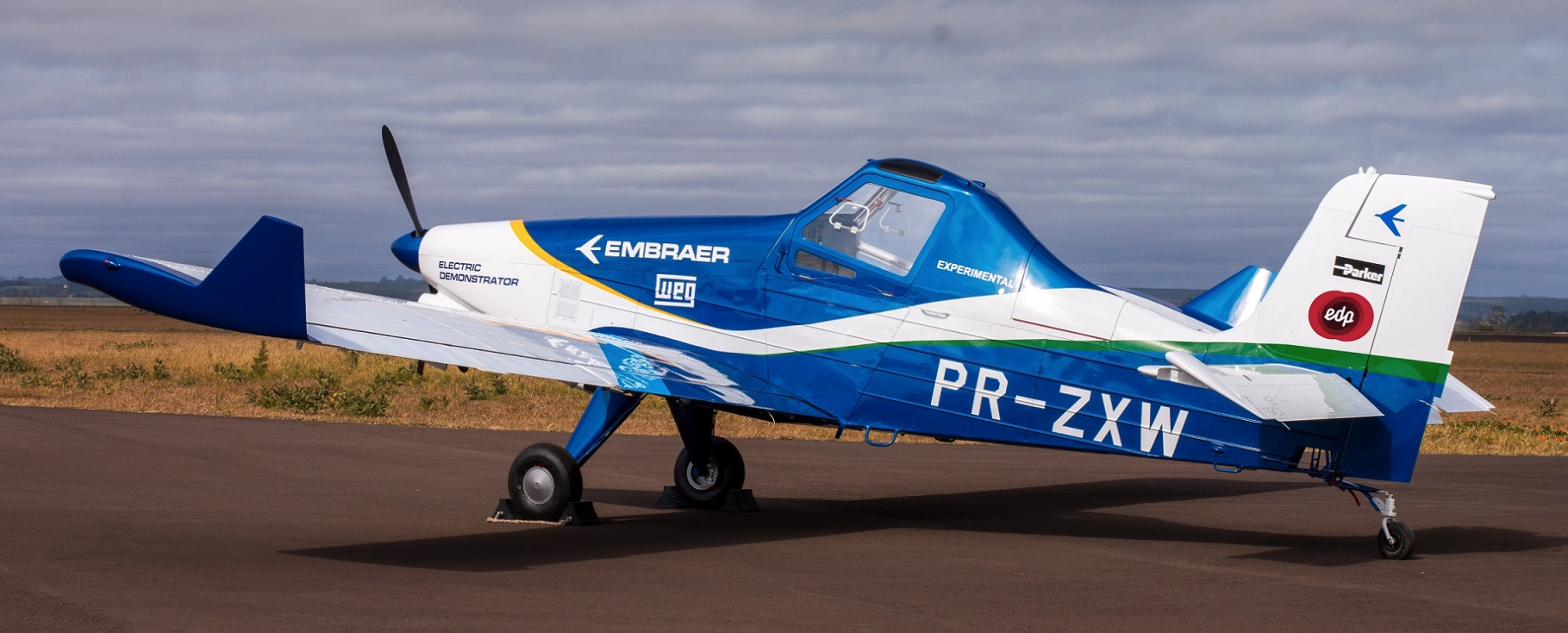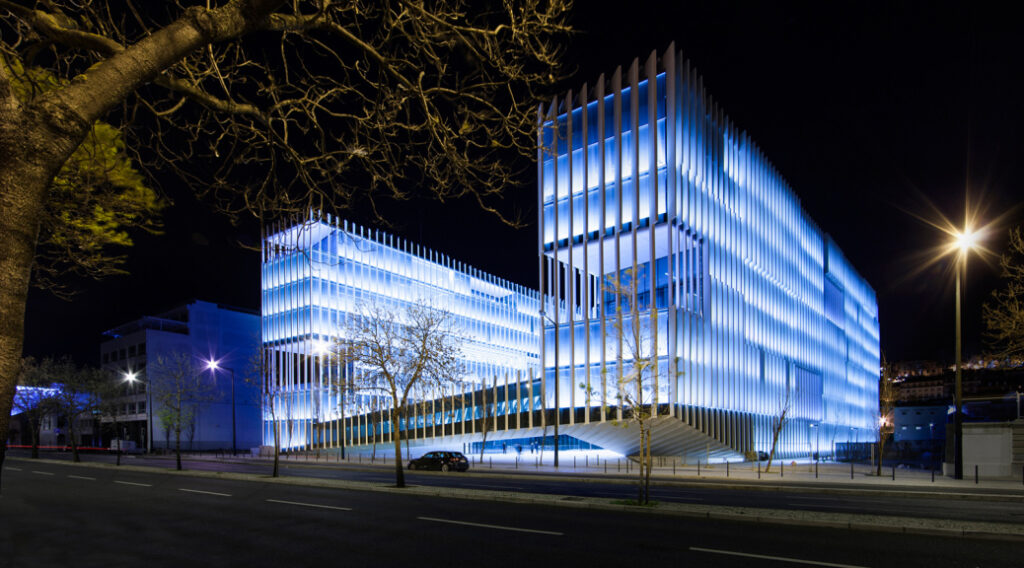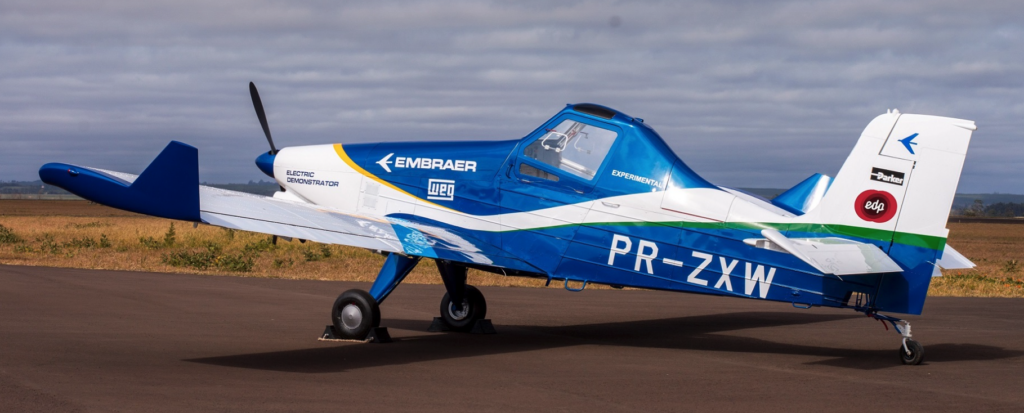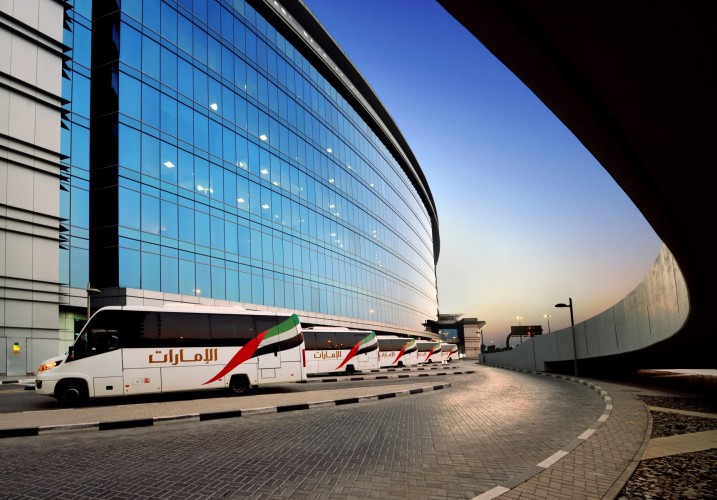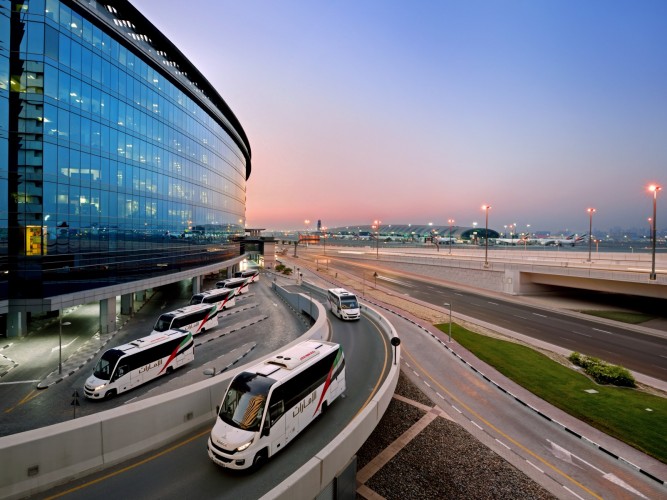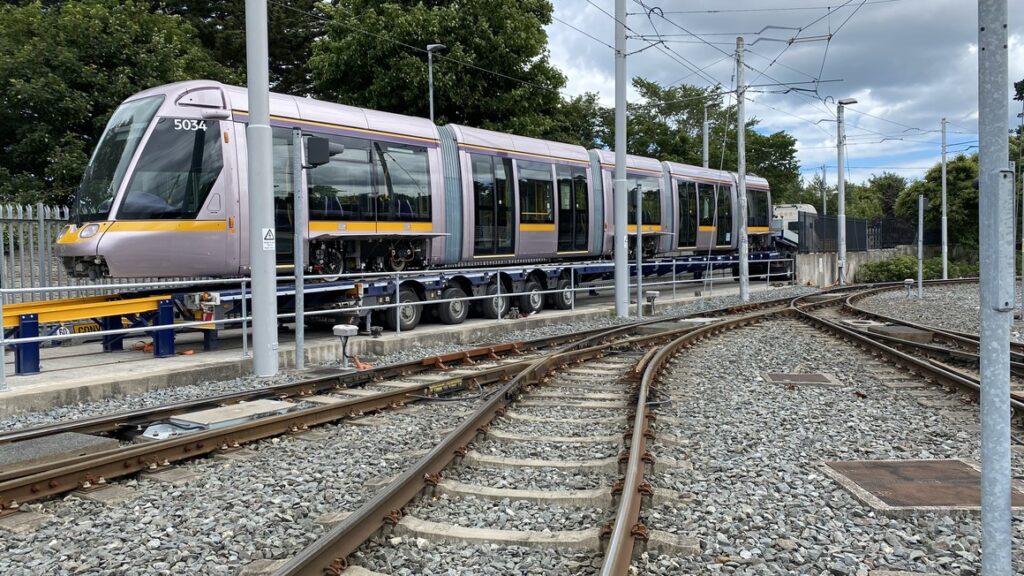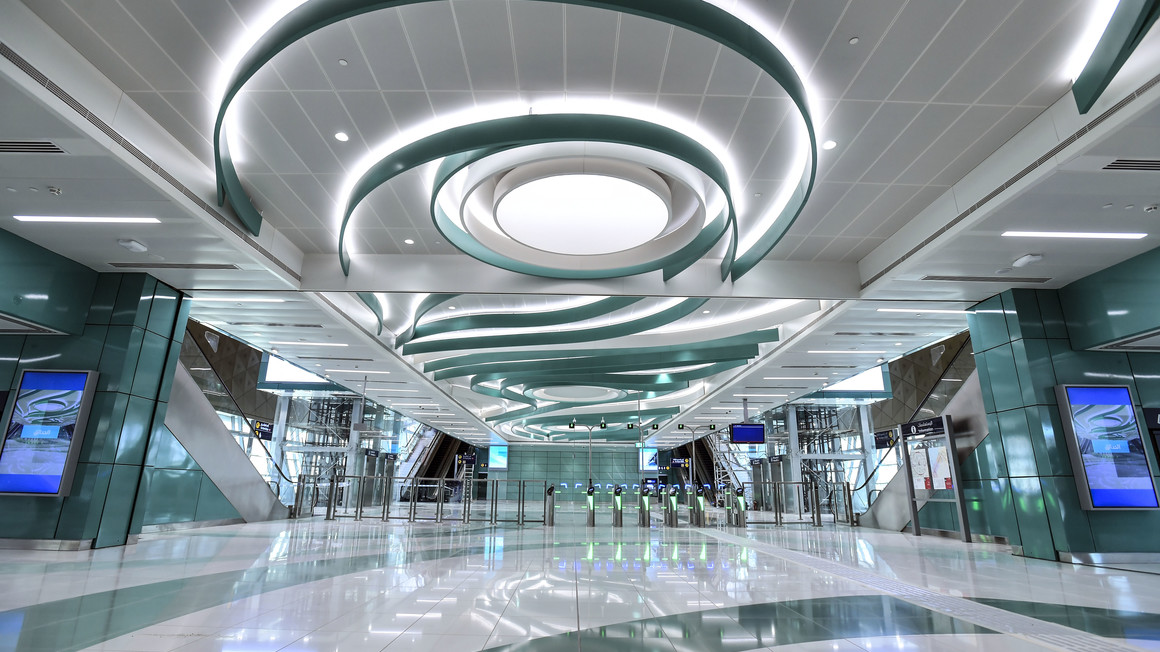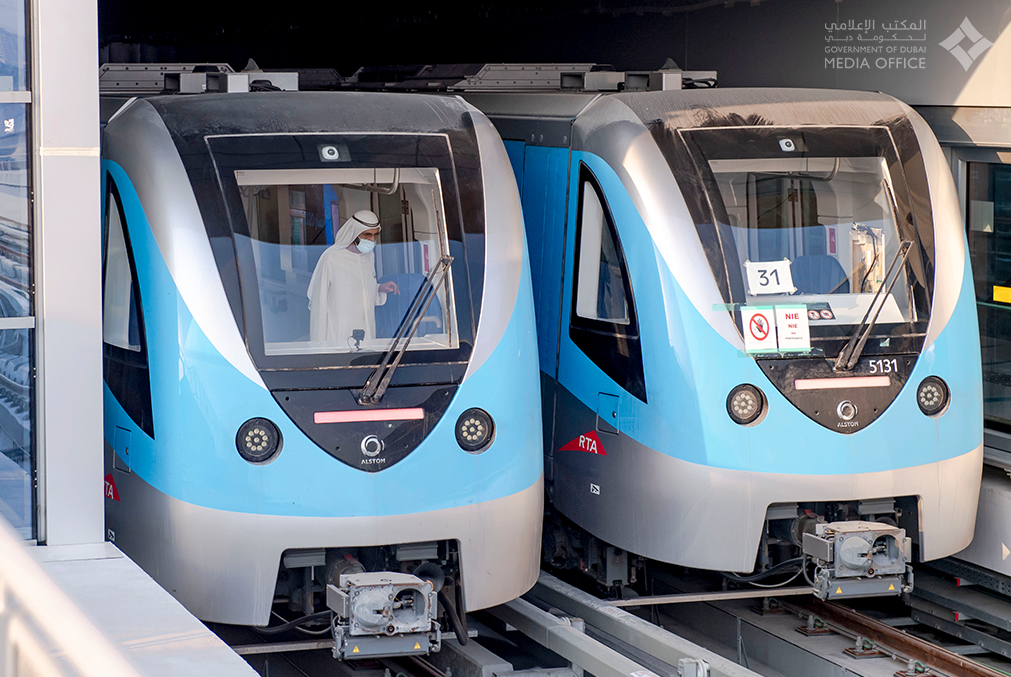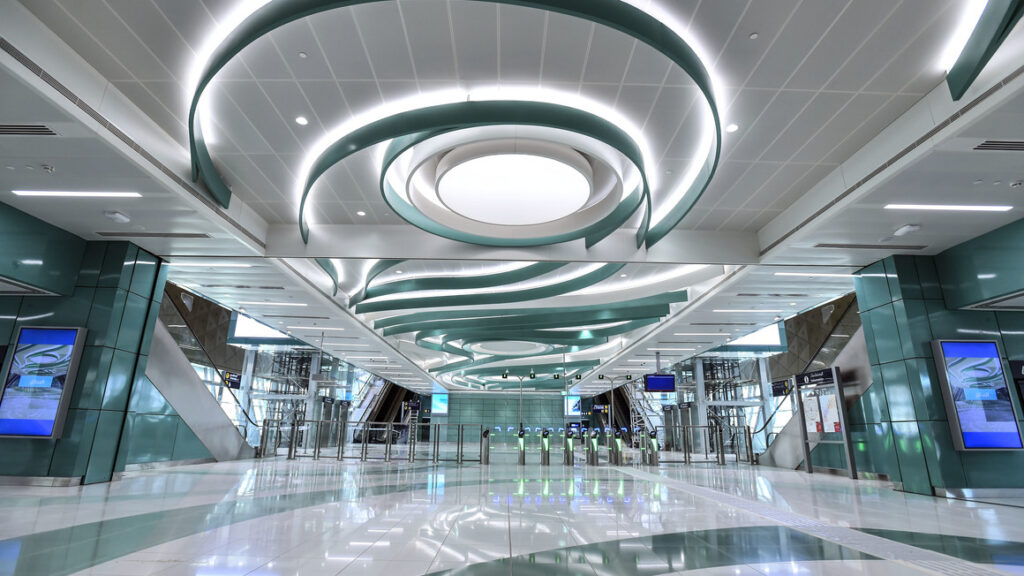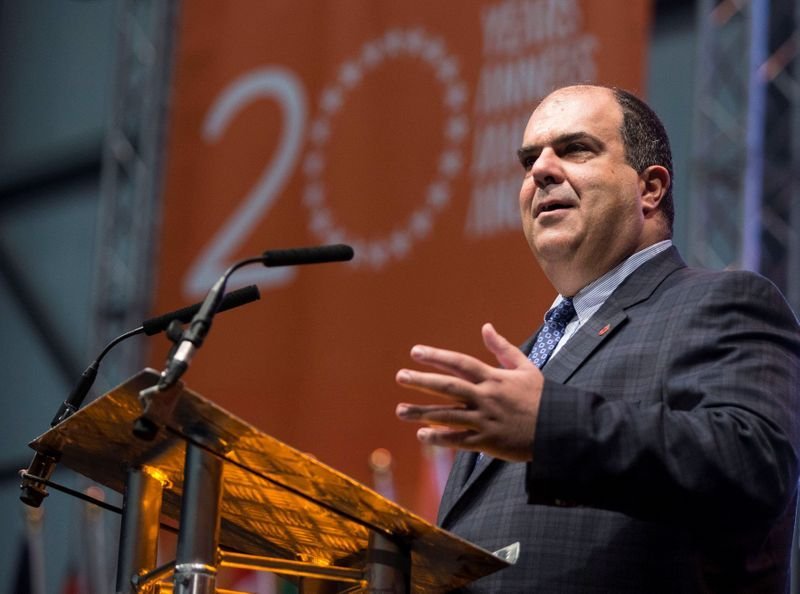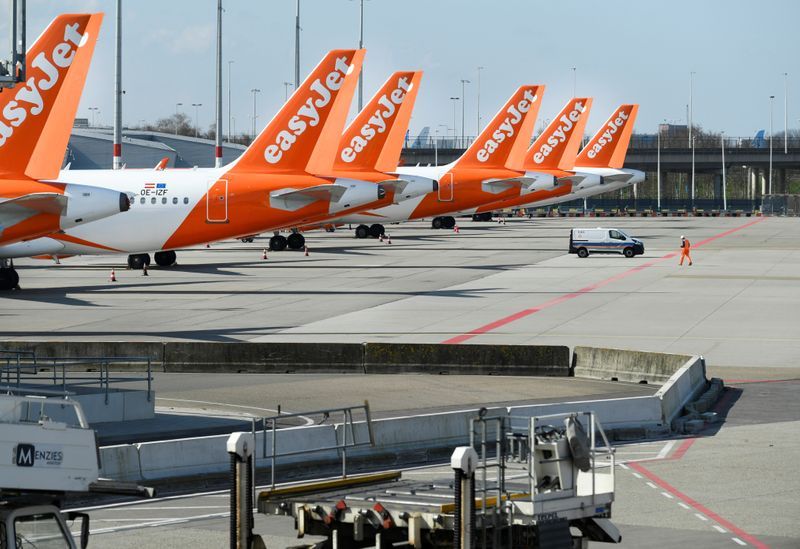Alaska Airlines (NYSE: ALK) has accepted delivery of its first Boeing 737-9 MAX airplane, marking a new phase of modernizing the airline’s fleet in the coming years. Alaska pilots flew the aircraft on a short flight yesterday from the Boeing Delivery Center at Boeing Field in Seattle to the company’s hangar at Sea-Tac International Airport with a small group of Alaska’s top leadership on board.
Alaska’s first 737-9 is scheduled to enter passenger service on March 1 with daily roundtrip flights between Seattle and San Diego, and Seattle and Los Angeles. The airline’s second 737-9 is expected to enter service later in March.
Teams from across various divisions at Alaska will now follow a strict readiness timeline that guides the actions that must be taken before the start of passenger flights. The process – involving rigorous rounds of test flying, verifying and specific preparations – will take five weeks:
- Maintenance technicians will undergo training to become even more acquainted with the new aircraft. They will receive at least 40 hours of “differences training,” which distinguishes the variations between the new MAX and the airline’s existing 737 NG fleet. Certain technicians will receive up to 40 additional hours of specialized training focused on the plane’s engines and avionics systems.
- Alaska’s pilots will put the 737-9 through its paces, flying it more than 50 flight hours and roughly 19,000 miles around the country, including to Alaska and Hawaii. These “proving flights” are conducted to confirm our safety assessments and those of the Federal Aviation Administration (FAA), and to ensure a full understanding of the plane’s capabilities in different climates and terrain.
- Our pilots will receive eight hours of MAX-specific, computer-based training prior to flying the aircraft over the course of two days, which includes at least two hours of training in Alaska’s own certified, state-of-the-art MAX flight simulator. That’s where they fly several maneuvers specific to the aircraft and better understand the improvements that have been made to the plane.
Deliveries of Alaska’s 737-9 aircraft by Boeing will be flown with sustainable aviation fuel (SAF), which helps the aviation industry reduce CO2 emissions on a life-cycle basis. The SAF will be used on all MAX aircraft deliveries and will be supplied by Epic Fuels.
Alaska announced a restructured order agreement with Boeing in December 2020 to receive a total of 68 737-9 MAX aircraft in the next four years, with options for an additional 52 planes. The airline is scheduled to receive 13 planes this year; 30 in 2022; 13 in 2023; and 12 in 2024. The agreement incorporates Alaska’s announcement last November to lease 13 737-9 aircraft as part of a separate transaction.
These 68 aircraft will largely replace Alaska’s Airbus fleet and move the airline substantially toward a single, mainline fleet that’s more efficient, profitable and environmentally friendly. The 737-9 will enhance the guest experience and support the company’s growth.


